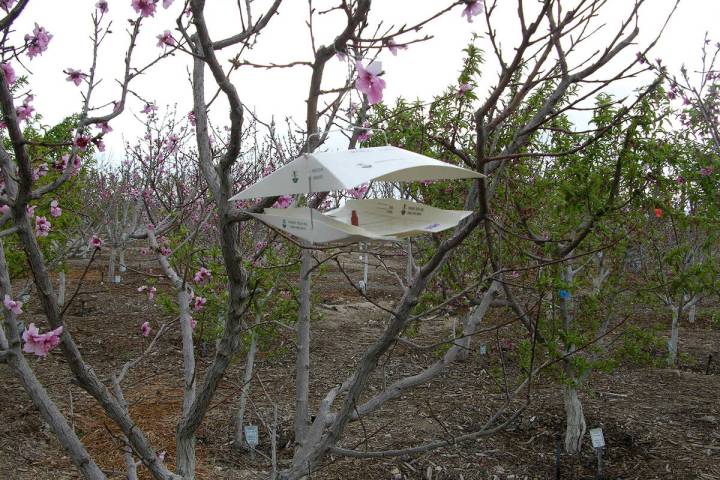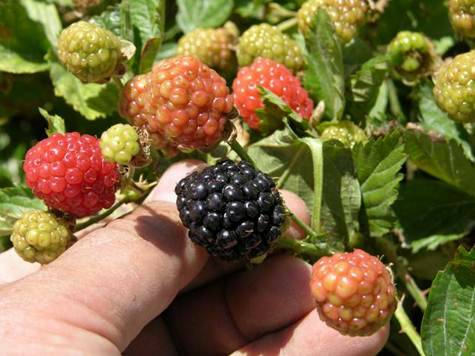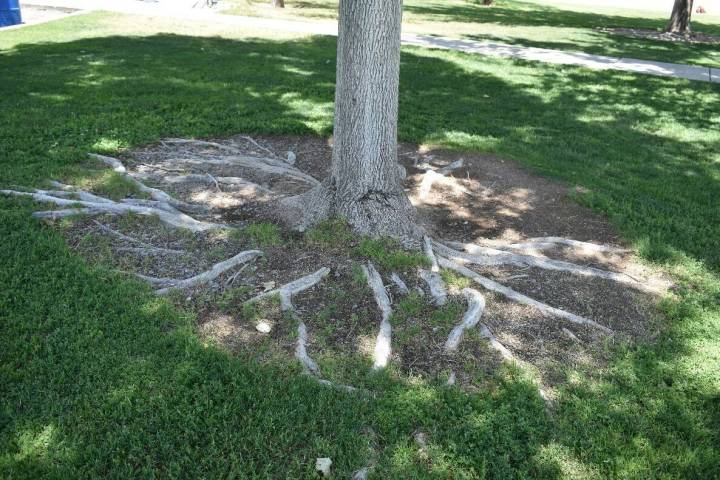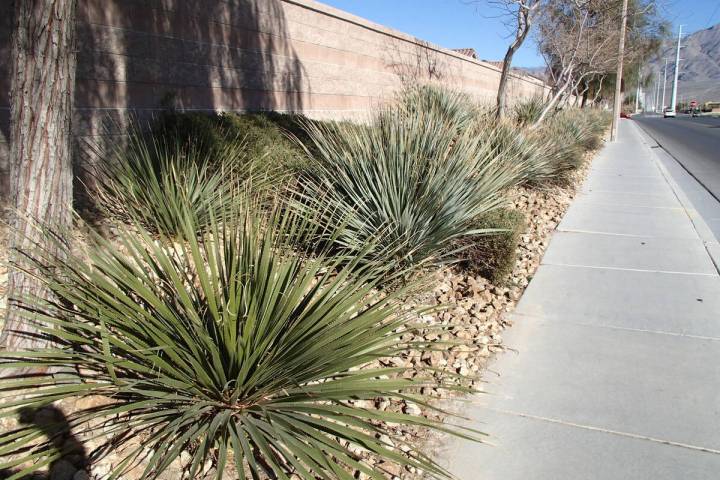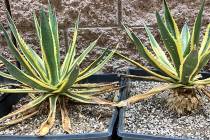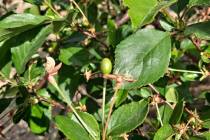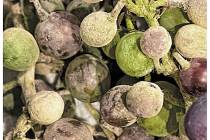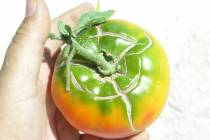It’s expensive to have them trimmed twice a year. If their beauty outweighs their expense, keep them. But if you don’t enjoy them anymore, have them removed.
- Home
- >> Local
- >> Local Columns
Bob Morris

Bob Morris is a horticulture expert living in Las Vegas and professor emeritus for the University of Nevada. Visit his blog at xtremehorticulture.blogspot.com. Send questions to Extremehort@aol.com.
Apples that stay on the tree longest are the most heavily infested by codling moths. Apples harvested early are the least infested. Populations of this pest increase with each generation produced.
Soil in the ground stays cooler than containers because extra heat is routed to the surroundings and deeper soil.
The roots of plants follow water. Where water was applied, you will find roots.
Summer is not the best time of year to plant desert spoon, but if you are going to plant them, plant them at a time during the day when it’s cooler and plant in wet soil.
Plants originally coming from a desert are watered less often than those that don’t come from deserts. This is because desert plants have methods of surviving a longer time between irrigations.
There are three reasons why sago palms are yellowing: their location, needed soil amendments and improper watering.
The SNWA offers a list of water-smart trees that are supposed to use less water than other types. But they still need to be managed.
Iron shortages in plants are notorious for yellow foliage. Try applying an iron chelate to the soil when growth is first starting.
Bayer Garden Products tells us, when treating for grape bunch diseases, that about half of the improvement is due to better air circulation and the other half using a copper-based fungicide.
A fertilizer high in the middle number — phosphorus — should be fine for jasmine.
There are two types of cracking of tomatoes, longitudinal cracks and radial cracking. Radial cracking is mostly a varietal issue.
There is such a thing as root-to-shoot ratio. What that means is that the top of the oleander tree returns to its pre-pruning height as quickly as possible. It’s because of the size of the roots.
Wet spring weather is still causing havoc on tomatoes now and will affect grapes as we enter July and August.
Double-potting plants exposed to the sun is recommended for two reasons: The heat kills roots in the side of the container facing the sun and smaller pots blow over in the wind.









